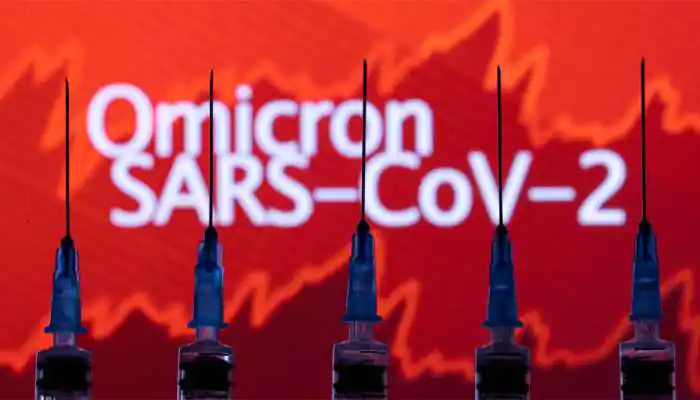
Antibodies that neutralise Omicron and other coronavirus strains by targeting regions that remain essentially intact as the virus mutates have been discovered.
The findings, which were published in the journal Nature, could aid in the development of vaccines and antibody treatments that are effective not only against Omicron but also against additional variations that may appear in the future.
“This discovery suggests that by focusing on antibodies that target these highly conserved regions on the spike protein, we can overcome the virus’s ongoing evolution,” said David Veesler, an associate professor at the University of Washington School of Medicine in the United States.
The spike protein, which the virus uses to enter and infect human cells, has an extremely high number of 37 mutations in the Omicron version.
These alterations are expected to explain why the variety has been able to spread so quickly, infecting persons who have been vaccinated as well as reinfecting those who have already been infected.
“The primary issues we were aiming to answer were: how has this constellation of mutations in the Omicron variant’s spike protein altered its capacity to connect to cells and dodge antibody responses from the immune system?” Veesler added.
To test the impact of these alterations, the researchers created a pseudovirus, which is a crippled, nonreplicating virus that produces spike proteins on its surface, similar to coronaviruses.
They next generated pseudoviruses with spike proteins containing the Omicron alterations and those detected in the pandemic’s earlier forms.
The researchers initially tested how effectively several forms of the spike protein bind to a protein on the cell surface that the virus uses to grip onto and enter the cell. The angiotensin converting enzyme-2 (ACE2) receptor is the name of this protein.

They discovered that the Omicron variant spike protein was 2.4 times better at binding than the spike protein present in the virus isolated at the start of the pandemic.
“While this isn’t a significant increase, changes in the spike protein that boosted affinity were linked to higher transmissibility and infectivity during the SARS outbreak in 2002-2003,” Veesler explained.
They also discovered that the Omicron variant could effectively connect to mouse ACE2 receptors, implying that Omicron might “ping-pong” between humans and other species. The researchers then looked at how well antibodies developed against earlier strains of the virus protected them from the Omicron variety.
They achieved this by utilising antibodies from patients who had previously been infected with earlier forms of the virus, had been vaccinated against earlier strains of the virus, or had been infected and then vaccinated against earlier strains of the virus.
Antibodies from patients who had been infected by older strains and those who had received one of the six most commonly used vaccines had all been found to have a diminished ability to stop infection, according to the researchers.
Antibodies from patients who had been sick, recovered, and then received two doses of vaccine had lower activity, around fivefold, suggesting that immunisation after illness is beneficial. Antibodies from people who had received a booster with a third dosage of the mRNA vaccines made by Moderna and Pfizer showed just a 4-fold drop in neutralising activity, in this case a group of renal dialysis patients.
“This demonstrates that a third dose is quite effective against Omicron,” Veesler explained. In the laboratory, all but one of the antibody therapies currently licenced or approved for use with patients who have been exposed to the virus had no or significantly decreased activity against Omicron.

The exception, according to the researchers, was an antibody called sotrovimab, which exhibited a two- to three-fold decline in neutralising activity. The researchers discovered four classes of antibodies that preserved their ability to neutralise Omicron when they evaluated a larger panel of antibodies that had been developed against prior generations of the virus.
SARS-CoV-2 variations, as well as a group of related coronaviruses known as sarbecoviruses, have members of each of these classes that target one of four distinct regions of the spike protein. These protein sites may remain because they serve an important function that would be lost if they mutated. The term “conserved” refers to such places.
The fact that antibodies can neutralise so many different versions of the virus by recognising conserved sites suggests that creating vaccines and antibody treatments that target these regions could be effective against a wide range of variants, according to Veesler.




